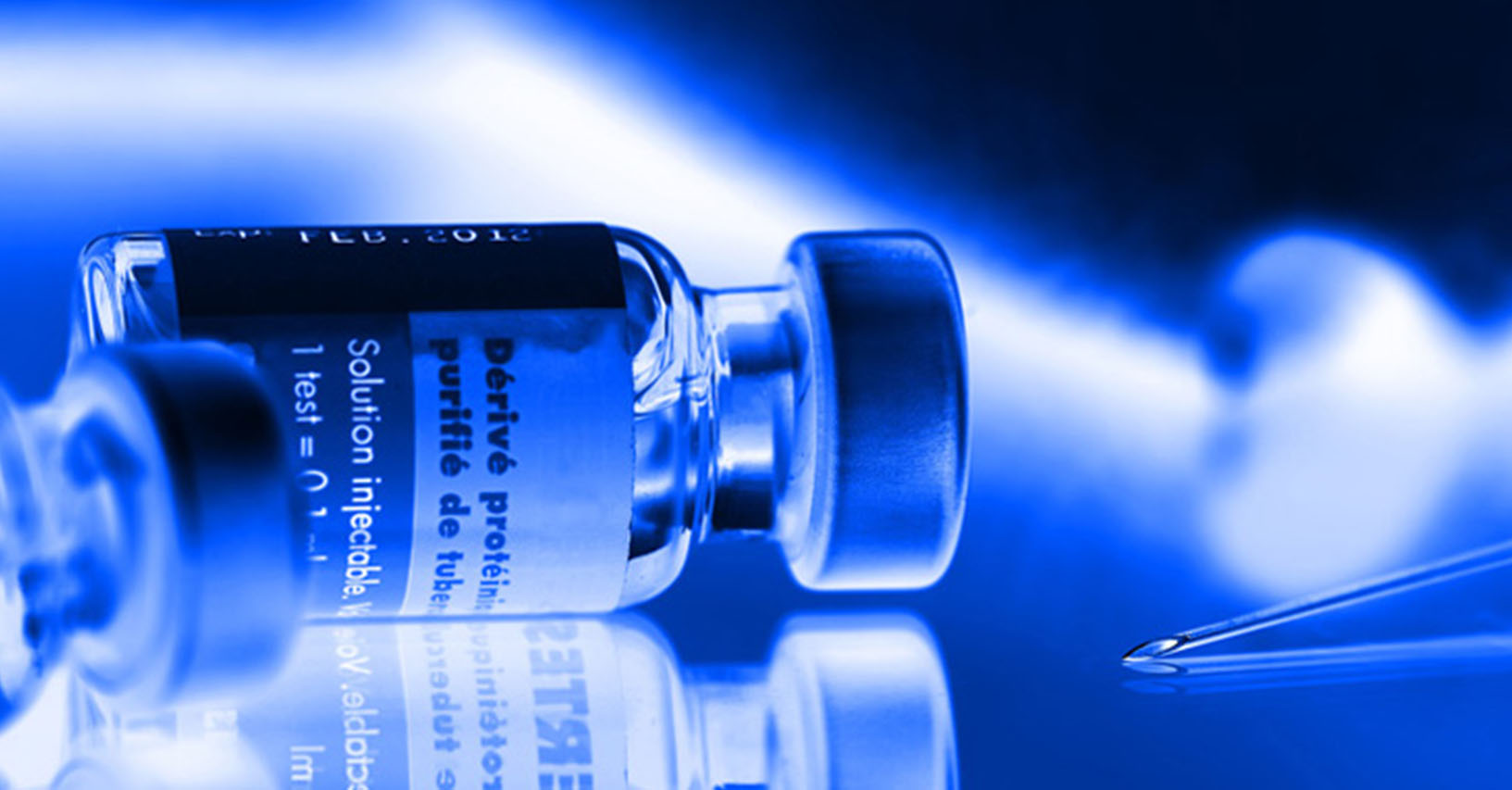
science
In the course of human history, many types of science have been developed but medical science has often been taken the centre stage. The reason is that, to each creature, his life is extremely dear. With his superior intelligence, man has not limited himself to simple natural cures. They learnt to differentiate between various illnesses and diagnose them correctly. In due course, came the science of cutting open people’s bodies but because of the acute pain caused by it, many people failed to survive operations.
The answer was anaesthesia. Alcohol was the first attempt at anaesthesia and first used thousands of years ago. Since then, many discoveries have been made in context with pain relief. Perhaps the greatest invention of medical science, anaesthesia is an integral part of surgeries and here are some of its aspects-
General Anaesthesia: This causes total lack of awareness for some time. Earlier, anaesthetics reliably caused unconsciousness and lack of movement. Yet, the stress responses continued acting. Consequently, many patients died due to extremes in blood pressure or pulse. But newer general anaesthetics are far more advanced and perform this function as well, greatly lowering the risks.
Sedatives: Sedatives, contrary to general anaesthetics, do not cause unconsciousness or give much relief from pain. But they suppress the actions of the nervous system, which is very useful. For a time period, the patient becomes relaxed, sleepy and forgetful. He does not feel anxiety or suffer its consequences. In other words, sedatives attempt to stop the stress responses that we have discussed above. However, it has to be used along with some other drug which provides pain relief in most cases.
Local Anaesthesia: Not to be confused with terms such as local market or local language, this type of anaesthesia has been given this name due to its function. It does not stop sensations all over the body but a specific part which is being operated upon, such as a tooth, a side of the jaw, a limb. Local anaesthetics also do not cause unconsciousness. For this reason, they are often used in combination with sedatives or general anaesthetics.
Imagine that your tooth is being pulled out using a crew-driver without the slightest pain relief….! Sounds murderous? This is exactly what happened to my great grandmother. At her time, no anaesthetics were given. Two people held her arms on both sides while the dentist pulled out the tooth relentlessly. The pain was so excruciating that she could not stop screaming for a long time. People from all over the neighbourhood gathered to see what was happening. But now when my aunt underwent the same thing a few months ago, she suffered negligible pain, thanks to the miraculous local anaesthetics.
Controversy: It is believed by many people that very young children or pregnant women should not be given anaesthetics. According to them, these drugs negatively affect the nervous system of small children which may lead to troubles later on. This opinion has been criticised by many doctors. They argue that by adopting such ideas, we may risk the lives of many mothers and babies.
Pain management: Surgeries can be followed by acute pain. If it is not managed properly, the patient may become a victim of chronic pain. To avert such a situation, anaesthesia is used both during and after surgeries.
All in all, we may conclude that anaesthesia has proved to be a miracle in millions of cases. Earlier, simple procedures pushed people to the limits of endurance and complicated surgeries often ended in the death of the patient. This is not the case today. Anaesthesia has made it possible to cure many fatal diseases of internal organs such as stomach, kidney, lever, brain and heart. It is truly one of the greatest inventions of medical science.
Writer Bio: Ananya Aloke, 15 years old student from Virar,India.


